Steelhead is a special type of trout that, with its anadromous form, shares similarities with Pacific salmon. They spend most of their lives in saltwater before swimming up freshwater rivers to spawn. These trout are known for their speed, strength, and beauty, making every angler’s trophy catch.
With that being said, anglers mostly wonder, can you keep steelhead in California? Yes, you can keep steelhead in California. You must follow the limits to how many you can keep and how they must be handled when released. The California Department of Fish and Wildlife (CDFW) has rules. It covers when, where, how many fish you can keep, and when steelhead must be released.
Steelhead fishing is one of the most exciting and rewarding fisheries. It can be very technical and difficult to master. To help you, this article provides a complete guide to fishing for steelhead in California. It will show you how to stay on the right side of the law and catch more steelhead than ever before!
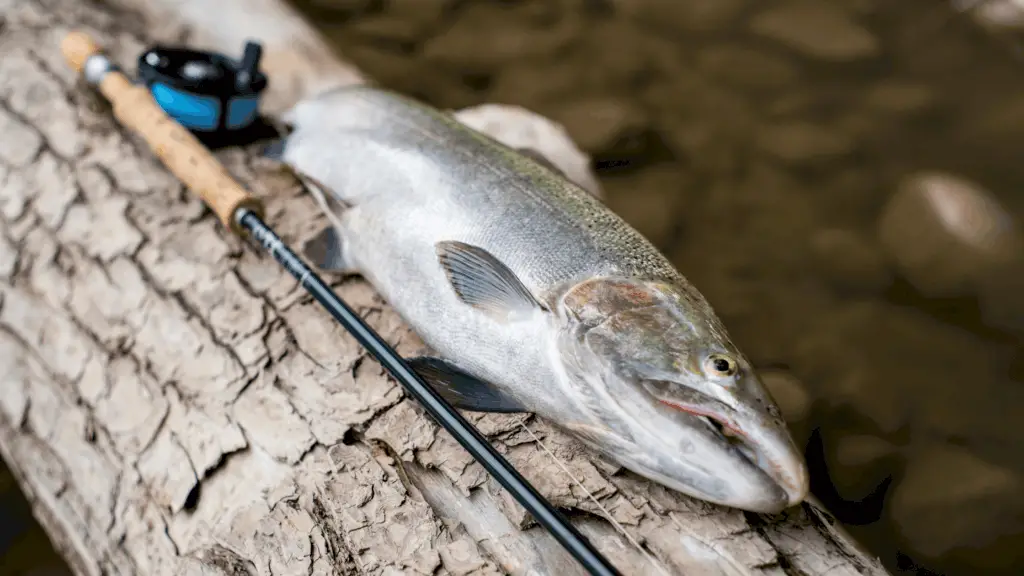
How many steelheads can you keep in California?
Depending on each water system, there are different limits on how many steelheads you can keep in California. If you’re fishing in waters where the bag limit is zero, make sure to release your fish with no harm done. You should never remove them from the water.
There are two types of steelheads every angler must be aware of before fishing in California. First is the wild steelhead, which is identified by having an intact adipose fin. Meanwhile, the hatchery steelhead is determined by a healed scar in the location of the missing adipose fin.
In general, all wild steelhead caught must be released unharmed. It is a conservation-based policy that has been in place for many years. The only exceptions are found in the state sport fishing regulations. In some states, a person may keep a hatchery steelhead caught in certain waters.
If you come across and catch wild steelheads, they must be released unharmed. Meanwhile, you may catch and keep hatchery steelhead but only in designated waters. State sport fishing regulations often change throughout the year. It’s essential to check the latest updates before heading out on your next trip.
Additionally, anglers must have an individual-based nontransferable Steelhead Fishing Report and Restoration Card to fish for steelhead trout in California waters. The record must include the day, month, location, the number of steelheads caught and kept, and the number of steelheads caught and released. This rule applies even if steelheads were not detected.
A report-restoration card, valid for the calendar year, is a great way to keep track of your fishing report. This card will help you identify fish, what kinds of fishing gear you used, and the dates and times of your fishing trips. It’s also a legal requirement for all anglers to return their Steelhead Fishing Report and Restoration cards by January 31 of the year following their expiration date.

Are steelheads endangered in California?
Since 1997, the steelhead populations have decreased by a third in California’s Central Valley, a primary spawning ground for the fish. There’s a study released in 2017 by CalTrout and the University of California, Davis. They found that if current trends continue, 74% of California’s 32 salmonid species will likely go extinct within the next 100 years.
In a unanimous vote on June 16, 2021, the California Fish and Game Commission voted to list summer steelhead as Endangered. It’s under the California Endangered Species Act. The species are specifically endangered in four North Coast watersheds: Redwood Creek, Eel, Mad, and Mattole Rivers.
Steelheads are migratory fish that return to their natal watersheds in the winter before they’re sexually mature. However, summer steelheads don’t. They hold in deep, cold pools high in the mountains during spring while the North Coast is hot and dry through the summer.
It has led many fisheries managers to increase the summer steelhead population, which has benefited Steelhead trout in nearby streams.
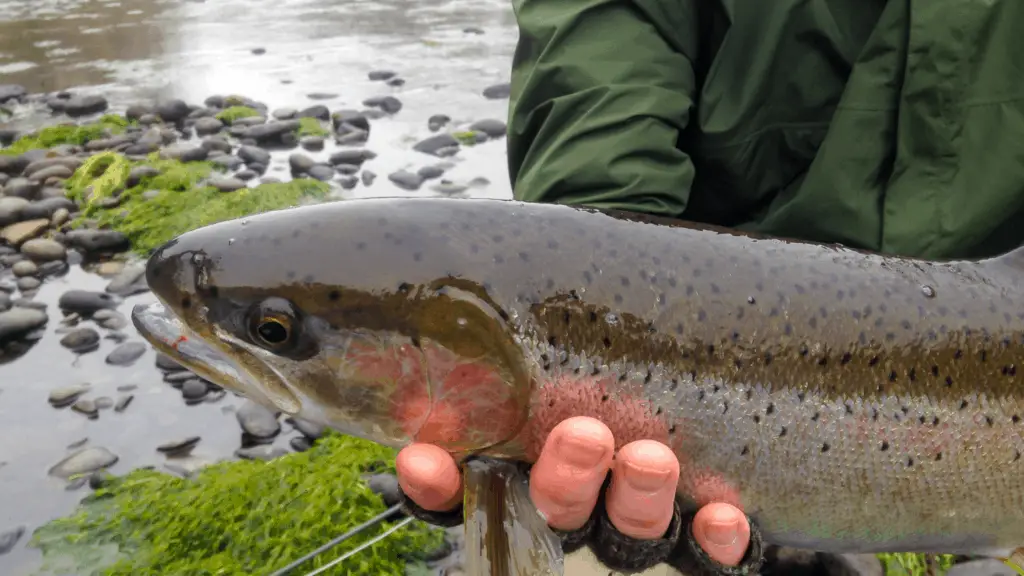
When can you fish for steelhead in California?
When you’re planning a trip to fish for steelhead, it’s important to know the river’s flow and when the best time to go is. While the timing of the steelhead run in California varies, you can still reel steelheads in some rivers all year round.
Steelhead fishing is best during the winter months when there’s more of them. Steelhead fishing is taking off in California, with the peak usually happening in December through February.
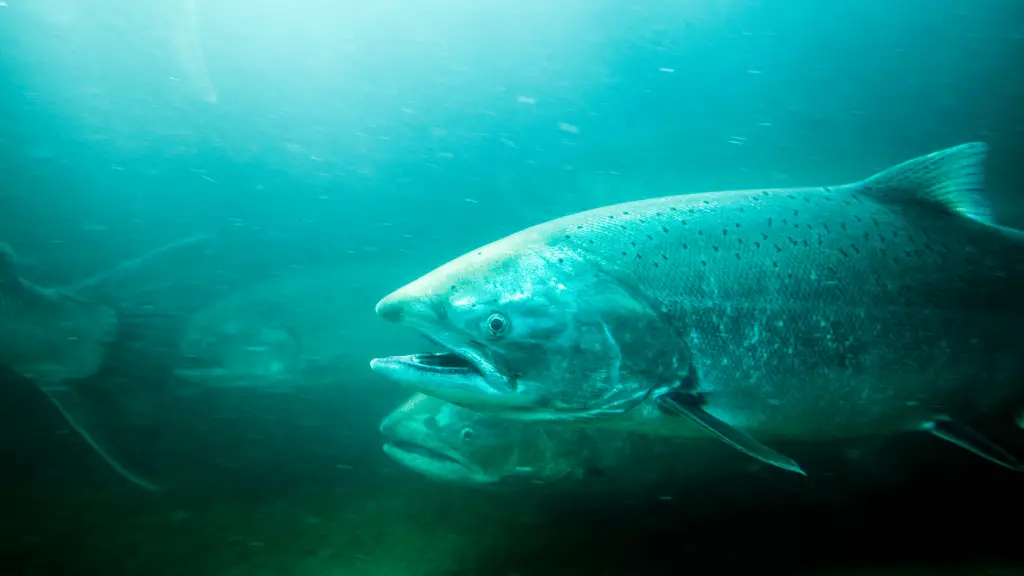
How long is steelhead season in California?
The annual migration patterns of freshwater steelheads depend on the watershed size and river geography. In bigger watersheds, like the Mad and Eel River, freshwater entry for winter-run fish can happen as early as September or October. Smaller watersheds like the Sacramento River may see their steelhead enter the water in December and continue into April or May!
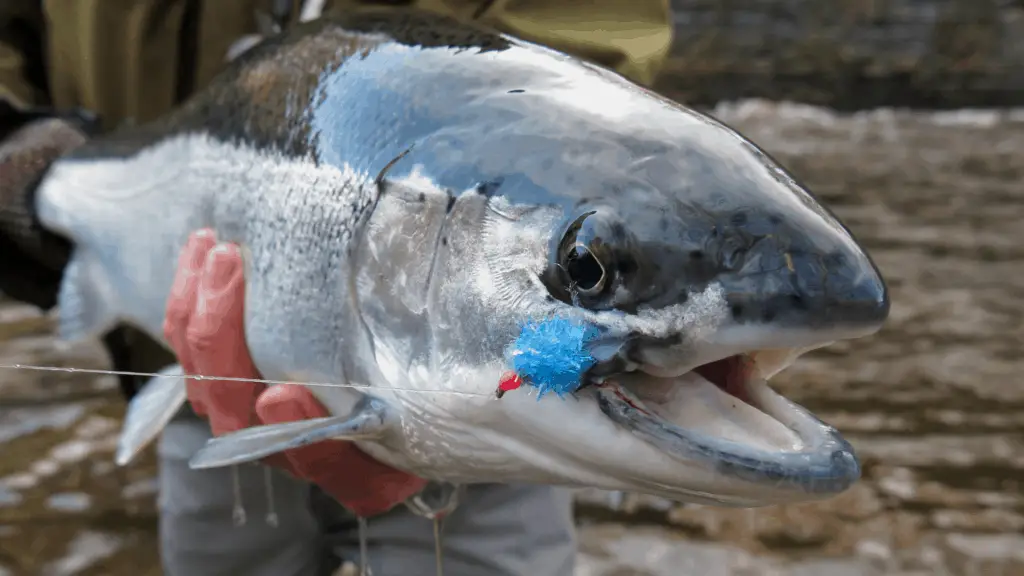
How much is the steelhead tag in California?
Anglers must follow the law when it comes to fishing in California. The California Department of Fish and Wildlife (CDFW) issues licenses to anyone who fishes in the state. You can purchase them online, over the phone, or at any CDFW office.
There are two ways to get a license: one day and two-day. One-day permits cost the same for residents and non-residents, while annual licenses are more expensive for non-residents. However, if you’re a non-resident, the state offers a 10-day license as an option.
For residents, these are the license type and its cost:
- One-day license: $17.02
- Two-day license: $26.49
- Ten-day license: N/A
- Annual license: $52.66
For non-residents, these are the license type and its cost:
- One-day license: $17.02
- Two-day license: $26.49
- Ten-day license: $52.66
- Annual license: $142.05
If you’re a CA resident and you would like to spend the rest of your life exploring the Californian waters, there’s an option. California has a Lifetime Fishing License for residents who love fishing. This license guarantees an annual fishing license for as long as they continue to fish. They are only available at CDFW Sales Offices, and the cost varies based on your age.
For CA residents who want a Lifetime Fishing License, these are license types and its cost:
- 0-9 Years Lifetime License: $579.25
- 10-39 Years Lifetime License: $946.75
- 40-61 Years Lifetime License: $853.00
- 62+ Years Lifetime License: $579.55
Discounted Fishing Licenses
California is pleased to launch a new initiative to provide discounted fishing licenses for veterans, seniors, and individuals with developmental disabilities. The license is usually sold for around $8. The discount will be available on most fishing licenses sold at license vendors throughout the state. This is a great opportunity to help you get out on the water with your family and friends this year!
The application process is simple. You just need to submit a form and any necessary evidence. Your application should state that you were honorably discharged and have a service-connected disability rating of 50% or greater. Additionally, you need to be assertive that you are looking to receive the benefits offered by the program. If you want additional information, read here.
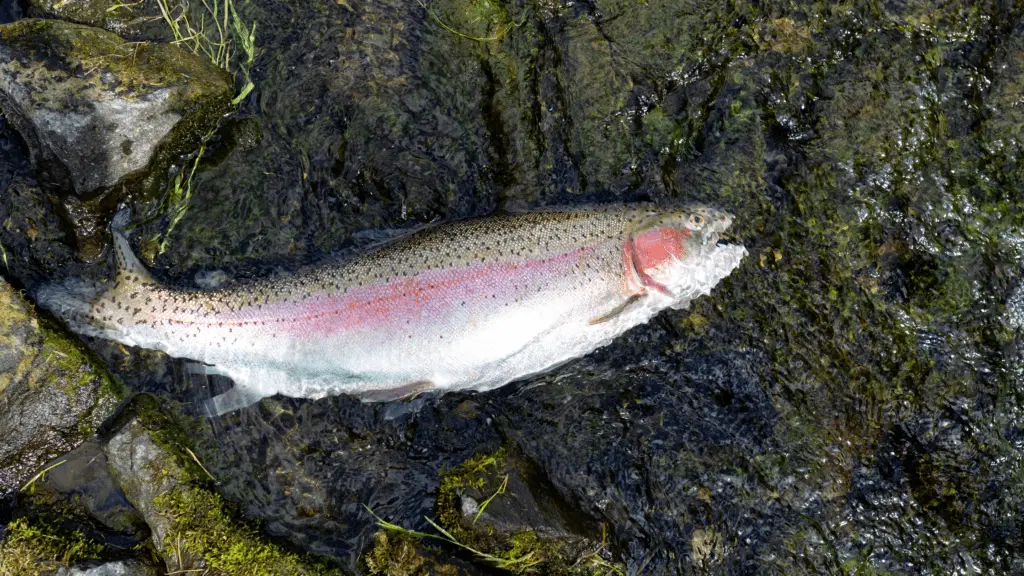
Final Thought
Steelhead fishing is a world-class sport, a great example of how nature and people can be a winning combination. Steelheads are the most sought-after species for fly fishers, as they provide incredible action and fight like champions! Steelheads are also an important species in watersheds as they help maintain a healthy ecosystem balance.

